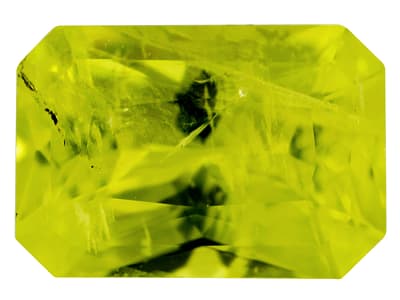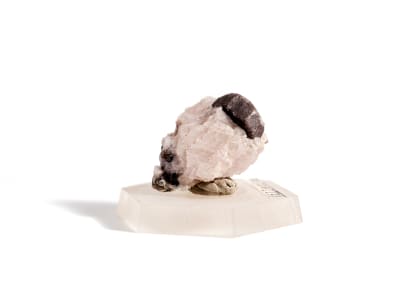Willemite was discovered in 1830 and named after William I, King of the Netherlands. This stone has remarkable luminescent properties. Some specimens glow under an ultraviolet source and continue to glow after the UV light has been removed, a phenomenon called phosphorescence. Specimens that are faceted make beautiful gemstones in blue, yellow, green and brown colors.
General Information
Common Name
Willemite
Species
Willemite
Transparency
Transparent - Opaque
Dispersion
Strength: Weak Fire
Refractive Index
1.690-1.723
Birefringence
0.028-0.033
Optic Character
Uniaxial
Optic Sign
Positive
Polariscope Reaction
Aggregate (AGG), Doubly Refractive (DR)
Fluorescence
SWUV: Strong green
LWUV: Weak to strong greenish yellow to green
LWUV: Weak to strong greenish yellow to green
Pleochroism
Unobservable
Hardness
5.5
Streak
White
Specific Gravity
3.890-4.180
Toughness
Poor
Luster
Resinous
Fracture
Conchoidal, Uneven
Cleavage
Poor, in two directions
Chemical Name
zinc silicate
Chemical Formula
Zn2SiO4
Crystal System
Trigonal
Chemistry Classification
Silicate
Willemite Colors
-
 Blue
Blue -
 Brown
Brown -
 Colorless
Colorless -
 Gray
Gray -
 Green
Green -
 Red
Red -
 White
White -
 Yellow
Yellow
Countries of Origin
Unknown; United States of America

